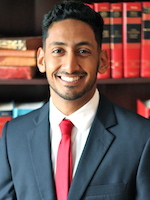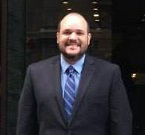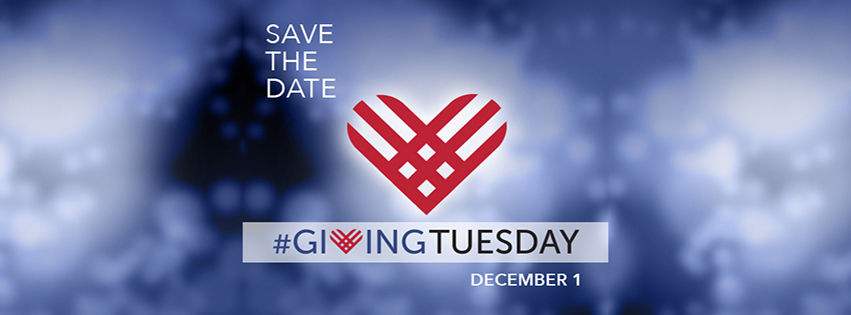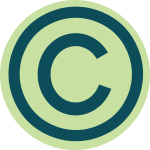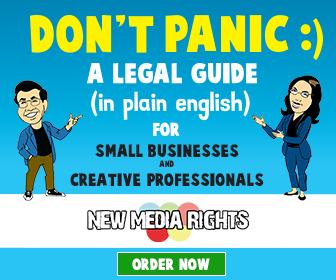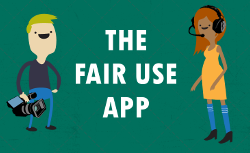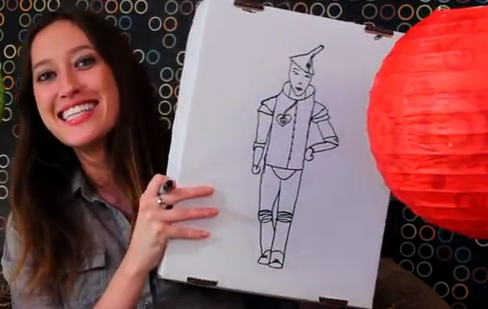
CC0- Unsplash
At New Media Rights we get quite a few questions about how to find out who owns a copyrighted work. In this guide we’ll talk about:
- Whether or not you need to get permission to use the work.
- How to get permission if the creator is still alive.
- How to get permission of the author is dead.
- Orphan works and what happens when you can’t find the author.
Part I: Do I need to get permission to use the work?
If you don’t own the work, meaning you didn’t create it or created it but gave the rights to someone else, then you may need permission to use the work. But there are a few important exceptions. Here are a few questions you should ask yourself to help determine if you need to get permission to reuse the work you want to use.
Step 1: Is the work in the Public Domain?
Works in the public domain won’t have a copyright owner. Keep in mind the public domain is pretty limited and typically only applies to works created before 1923, however that can vary depending on where in the world the work was produced. We highly recommend using this helpful chart to determine if the work you’re interested in using is in the public domain.
Step 2: Was it released under an open license?
When a work is released under an open license like creative commons, you can use the work under the terms stated in the license without contacting the copyright holder so long as you comply with the terms of the license. To learn more about open licensing options check out the following resources
Step 3: Would your use of the work be considered fair use.
If you intended plans for the work would be considered fair use than you do not need to get permission from the copyright holder to use the work. Since fair use can be pretty tricky, we highly recommend contacting an attorney to make sure your intended use is fair use. You can also try using our new Fair Use App to learn more about fair use.
Step 4: Do you already have permission?
If the work falls under any of the above steps then you might already have permission, but if you’re uncertain about your answers it’s always ok to check in with a copyright attorney first. If there are doubts or if the work does not fit any of the above categories, then your next step is finding the proper copyright owner of the work you intend to use. There are a number of ways to go about finding who need permission from, but it always helps when you have some information about the work itself. At a minimum you’ll need the title of the work and the author of the work before proceeding.
Part II: How to find the copyright owner when you need to get permission to use the work
Who is the copyright owner?
In the US copyright rights are granted the moment the creator of the work fixes their work in a tangible medium of expression. In fact you likely create over a dozen copyrighted works a day. From the moment you type out an email or take a selfie you are granted a copyright in that work, no registration required. Given how easy it is to get copyright rights in a work, it can be especially tricky to find the copyright owner of a work.
Step 1 Is the creator still alive?
Step 1.1 Contact the creator. If the creator of the work is still alive you first step should be to contact the creator of the work. As long as they didn’t assign their copyright to someone else you should be able to get their written permission to use the work.
Step 1.2 If the creator has assigned their work to someone else like a record label or publisher or created their work as part of their job (i.e. to get a license to use clips of Frozen you would approach Disney not one of the films animators). Your next step should be to contact that entity. Most medium to large size entities will have a licensing department you can contact to ask for permission to use the work. Keep in mind the business that the creator assigned their work to may actually be owned by another entity now.
Step 1.3 Performing Rights Organizations & Reproduction Rights Organizations Copyright owners can sign up to certain organizations that help them collect royalties on their works. These are known as Performing Rights Organizations (PRO) and Reproduction Rights Organizations (RRO). While PROs monitor publicly used works, usually music, on a national level, RROs monitor scientific, technical medical and cultural printed works on a national & international level. They might be a bit different in the works they regulate but they are similar in how to get permission to use their works. Permission can be acquired by requesting it through their webpages, which are relatively easy to access and use. The websites for the main PROs and RROs of the United States are the following:
PROs:
RRO:
Step 2 If the author is dead.
Step 2.1 Copyright rights automatically pass to the heir of a creator upon their death. But tracking down the heirs of a creator can often be difficult, particularly for obscure works. To help track down family members look for the author’s obituary online or for better known authors their Wikipedia page will often list surviving family members. To find contact information, reference tools like http://www.familysearch.com and http://www.ancestry.com can be helpful.
Step 2.2: Does the author have a foundation in the honor or a dedicated library?
Many times with famous authors, a foundation or dedicated library will be established in their name; and after their passing the foundation or library gets granted the copyrights to the authors work. In order to check whether the author of the work you want to use has a foundation or dedicated library, a quick Google search should be helpful. Each foundation and library is different when granting licensing for the authors work, so be sure to look at each foundations or libraries requirements before contacting them.
Step 2.3: If the publisher is still in business reach out to them.
Although the trend recently has been for authors to retain their rights rather than reassign them over to publishers, it is necessary to check if the publishers retain the rights to the works you are trying to use. If you have the publisher’s information then you should reach out to them. Sometimes that publisher has gone out of business or been bought out by another publisher, and it might be difficult to track down the rightful copyright owner as a transfer of copyrights registration isn’t mandatory. One way to find the correct owner would be to search the business history of the original publisher and try to find out who bought them out—this might be the company that now owns the rights—if this is the case, or if they went bankrupt. Another way to check that you are reaching out to the right copyright holder is searching databases like the copyright.gov database or the MPA.org (for music related works) for updated information, however remember that transfer of copyright registration isn’t mandatory and most companies might not update the information.
Step 3 Orphan works
An orphan work is a work whose rightsholder can’t be determined, and establishing inheritance of those rights prove impracticable. This means that somewhere down the copyright line the rightful owner never became aware of their rights. This can happen when the copyrights outlive the heirs—because copyright lasts 70 years after the authors death—and down the line the ownership gets lost, or falls through the cracks of estate planning efforts. What also makes it difficult is that under U.S. law, copyrights don’t have to be registered and notice of copyright need not exist, which makes tracking down the rightful copyright owner nearly impossible sometimes. Typically when someone finds a work they want to use but cannot locate the rightful copyright owner, they abandon the work in fear of litigation; however, if it can be proved that the user diligently searched for the copyright owner to no avail, the orphaned work can be used. If the orphan work is used and the owner comes forward the user will have to prove to the court that there was a diligent and reasonable search conducted in good faith to find the copyright owner. Once evidence is shown of this and the court agrees with the user, then the work will be considered orphaned for at the time of use, and the user will not face damages. However any future uses of that work will be subject to a compulsory license with royalties; meaning the user can continue to use the work in the same capacity they previously did but any future use will be subject to royalties paid to the now known copyright owner. So when deciding to use orphan works, it is extremely important to be as thorough and diligent as possible to look for the copyright owner; all the while keeping track of all the methods you used to try and track the rightsholder down.
Additional Helpful Resources:
Special thanks to NMR Intern Stephanie Trejos for helping us get this guide completed!


